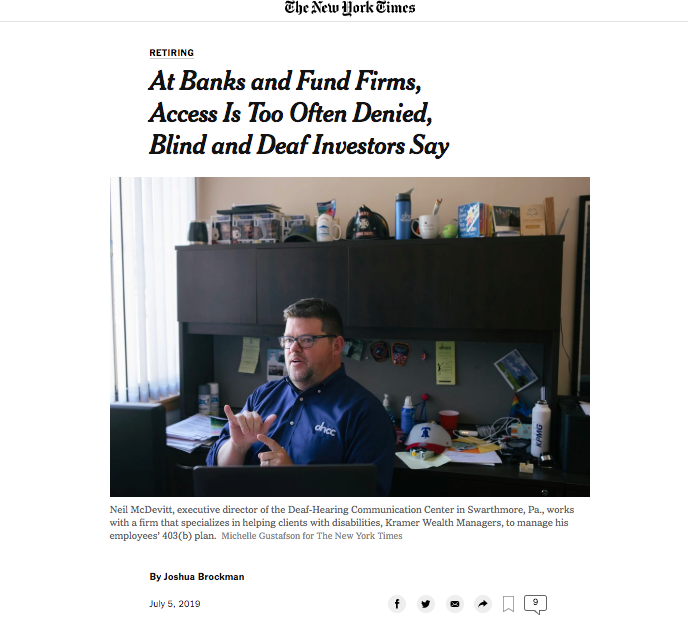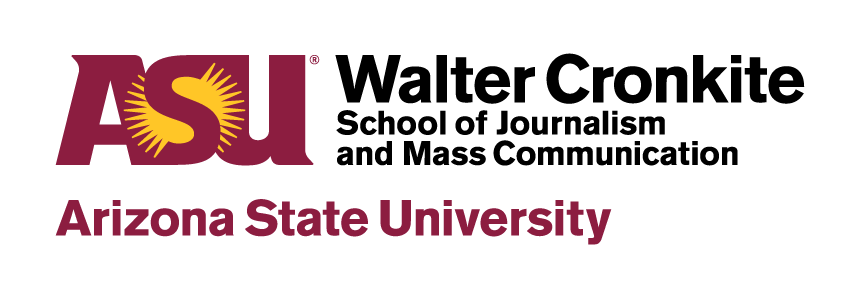Despite the passage of the ADA and accessibility lawsuits filed against Wells Fargo, Morgan Stanley, and other prominent investment management services, people with disabilities encounter frustrating obstacles in the banking world. Inaccessible websites and other digital barriers impede the efforts of those with disabilities to do even the most mundane tasks, such as check an account balance or read credit statements at the end of the month.

So Mr. Rizzi, 55, the founder of My Blind Spot, an accessibility advocacy group in New York, filed a federal lawsuit in April 2018 against Morgan Stanley, the firm he uses to manage his personal retirement accounts.
Mr. Rizzi’s suit accused the bank of violating the Americans With Disabilities Act by “denying access to its websites to individuals with disabilities who are visually impaired” and who require screen-reader software to access digital content. Mr. Rizzi also cited the bank for not having an accessibility website or hotline. The case, which sought about $9 million in damages, was settled last summer, his lawyer, Lambros Lambrou, said.
In a separate case, Wells Fargo in 2011 settled an investigation by the Justice Department alleging ADA violations because the bank failed to accept what is known as video relay services, or video phone calls, from deaf customers. The settlement required the bank to pay $16 million to some account holders and remedy a variety of accessibility problems.
Click here to read Joshua Brockman’s article in the July 5, 2019 edition of the New York Times.




